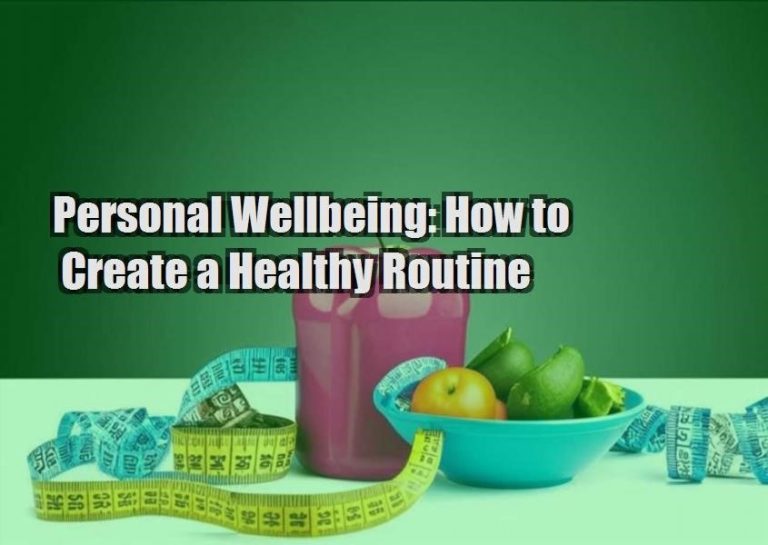Health fairs are dynamic events that provide valuable health education and resources to the community. Organizing a health fair requires meticulous planning, coordination, and promotion to ensure its success. This article will guide you through the steps needed to organize a successful health fair, from initial planning to post-event evaluation.
1. Planning Your Health Fair
1.1 Define the Purpose and Goals
Before diving into the logistics, its essential to define the purpose and goals of your health fair. Are you aiming to raise awareness about specific health issues, provide free health screenings, or promote healthy lifestyles? Clear goals will help you shape the events structure and activities.
1.2 Form a Planning Committee
Assemble a team of dedicated individuals who share a passion for community health. This committee should include members with diverse skills, such as project management, marketing, medical knowledge, and volunteer coordination. Assign specific roles and responsibilities to ensure a well-organized effort.
1.3 Set a Budget
Determine the financial resources needed for the health fair. This includes costs for venue rental, equipment, marketing materials, refreshments, and any fees for guest speakers or healthcare professionals. Seek sponsorships or grants from local businesses, healthcare organizations, and community groups to help cover expenses.
1.4 Choose a Date and Venue
Select a date that doesnt conflict with other major community events. The venue should be easily accessible and spacious enough to accommodate various activities and a large number of attendees. Consider indoor facilities like community centers or schools, or outdoor spaces like parks, depending on the season and weather conditions.
2. Organizing the Event
2.1 Recruit Healthcare Providers and Vendors
Invite local healthcare providers, non-profit organizations, and wellness vendors to participate in your health fair. They can offer free screenings, informational booths, and demonstrations. Ensure a diverse range of services, including blood pressure checks, dental screenings, fitness classes, and nutritional advice.
2.2 Plan Activities and Workshops
Design a schedule of activities and workshops that will engage and educate attendees. Topics can include mental health, chronic disease management, exercise routines, and healthy cooking demonstrations. Interactive sessions, such as Q&A panels with experts, can increase attendee participation.
2.3 Coordinate Logistics
Organize the logistical details, such as the layout of booths, signage, and the availability of necessary equipment like tables, chairs, and medical supplies. Ensure there are adequate facilities for waste disposal, restrooms, and first aid. Prepare for any special needs of attendees, such as wheelchair access.
2.4 Promote the Health Fair
Effective promotion is crucial to attracting attendees. Utilize various channels to spread the word, including social media, community bulletin boards, local newspapers, and radio stations. Create eye-catching flyers and posters, and consider partnering with local schools, churches, and businesses to help distribute them.
3. During the Health Fair
3.1 Welcome and Register Attendees
Set up a registration booth at the entrance to welcome attendees and collect their contact information. This data can be useful for follow-up surveys and future event promotions. Provide attendees with a program of the days events and a map of the venue.
3.2 Ensure Smooth Operations
Assign volunteers to various roles, such as guiding attendees, assisting healthcare providers, and managing activity booths. Keep an eye on the schedule to ensure that workshops and demonstrations start and end on time. Be prepared to address any issues or emergencies promptly.
3.3 Engage Attendees
Encourage attendees to visit multiple booths and participate in various activities. Use incentives like raffles, giveaways, or completion cards that attendees can fill out by visiting different stations. This not only makes the event more enjoyable but also ensures they receive comprehensive health information.
4. After the Health Fair
4.1 Evaluate the Event
Gather feedback from attendees, vendors, and volunteers to assess the events success. Use surveys, comment cards, or follow-up emails to collect their input. Evaluate what worked well and what could be improved for future health fairs.
4.2 Thank Participants and Volunteers
Express your gratitude to everyone who contributed to the events success. Send thank-you notes or emails to healthcare providers, vendors, sponsors, and volunteers. Recognizing their efforts helps build relationships and encourages their participation in future events.
4.3 Plan for the Future
Reflect on the outcomes of the health fair and consider how you can make the next one even better. Use the feedback gathered to refine your planning and execution strategies. Start planning the next event well in advance to secure popular dates and venues.
Conclusion
Organizing a health fair is a rewarding endeavor that can significantly impact community health and well-being. By following these steps and maintaining a focus on your goals, you can create an event that educates, empowers, and inspires attendees to lead healthier lives. Whether you are a first-time organizer or looking to improve your next health fair, the key is to stay organized, engage with the community, and continuously seek ways to enhance the experience for all participants.
n







